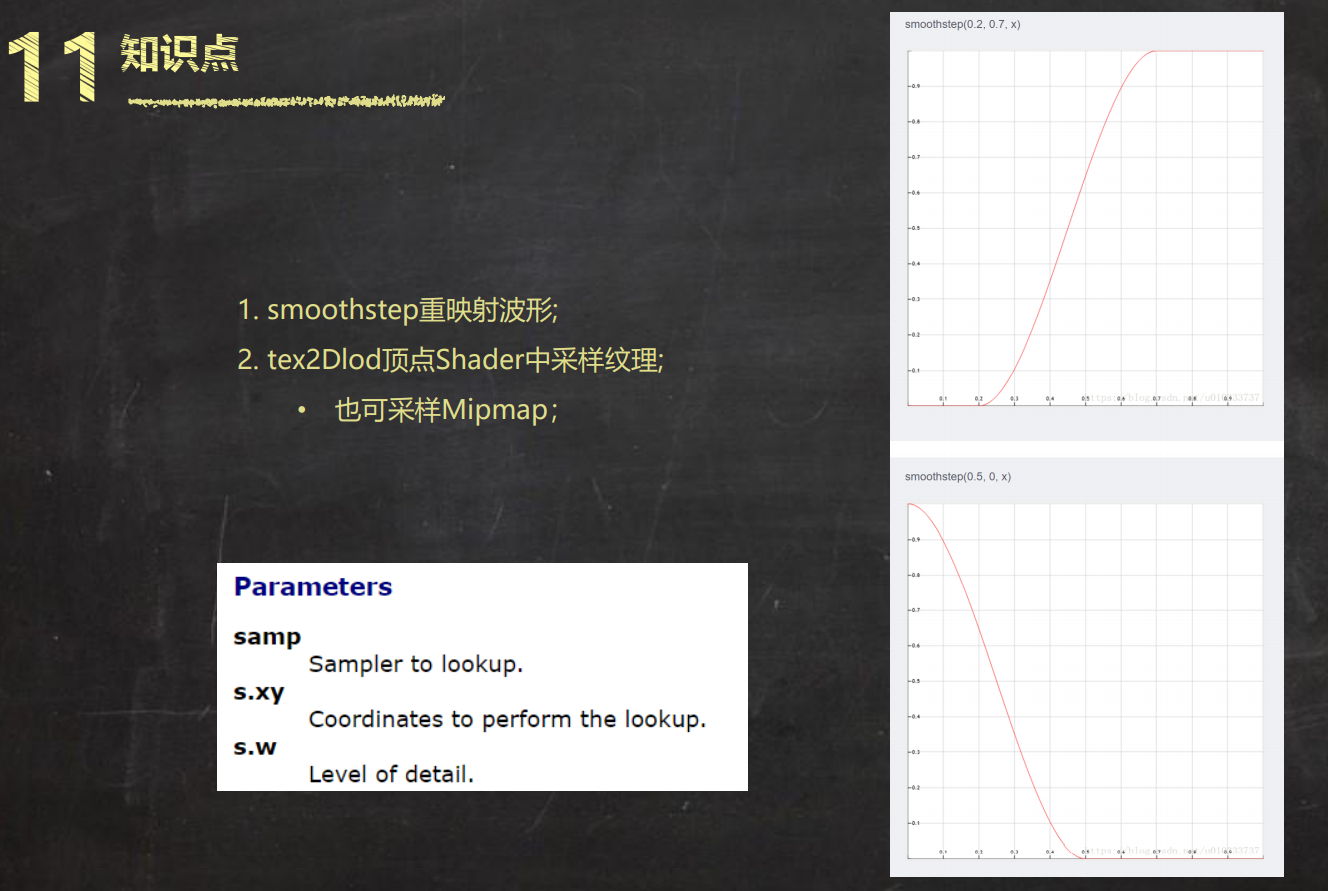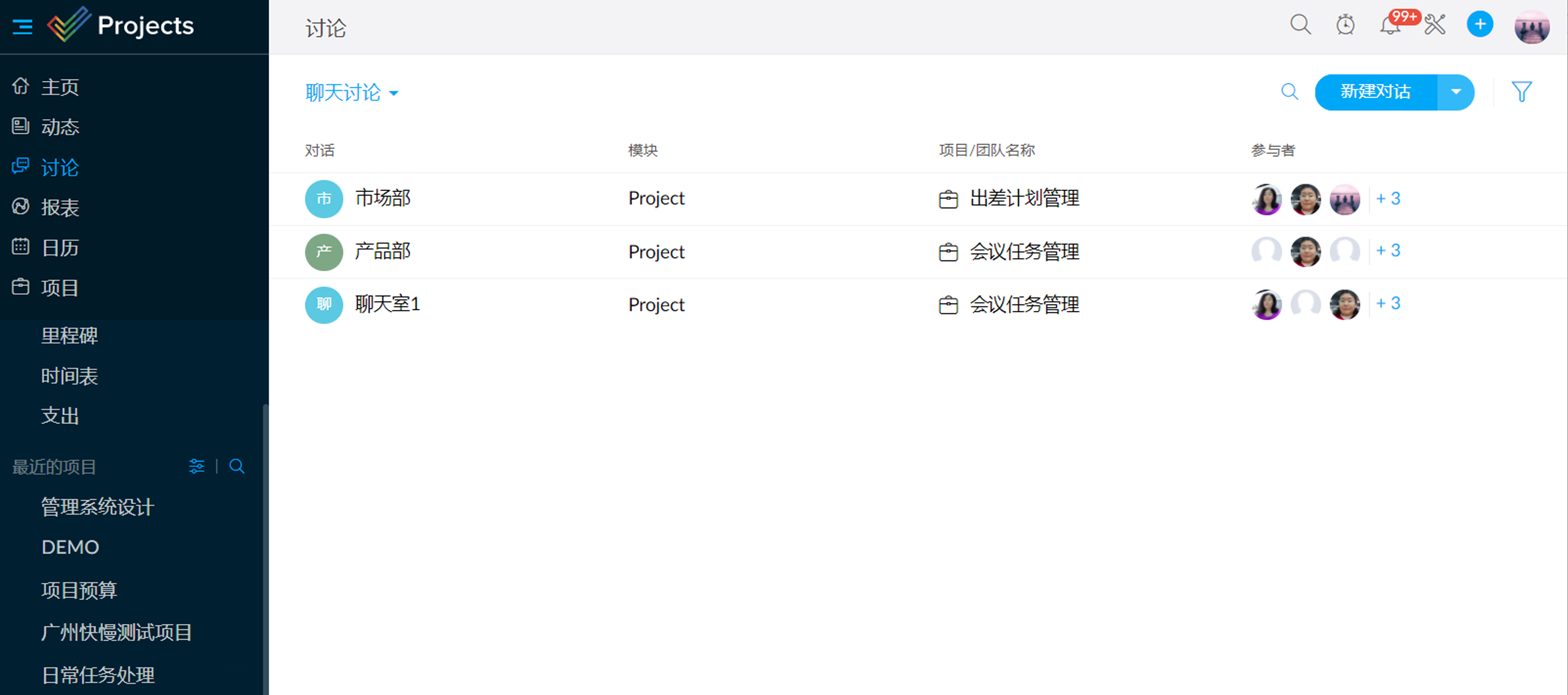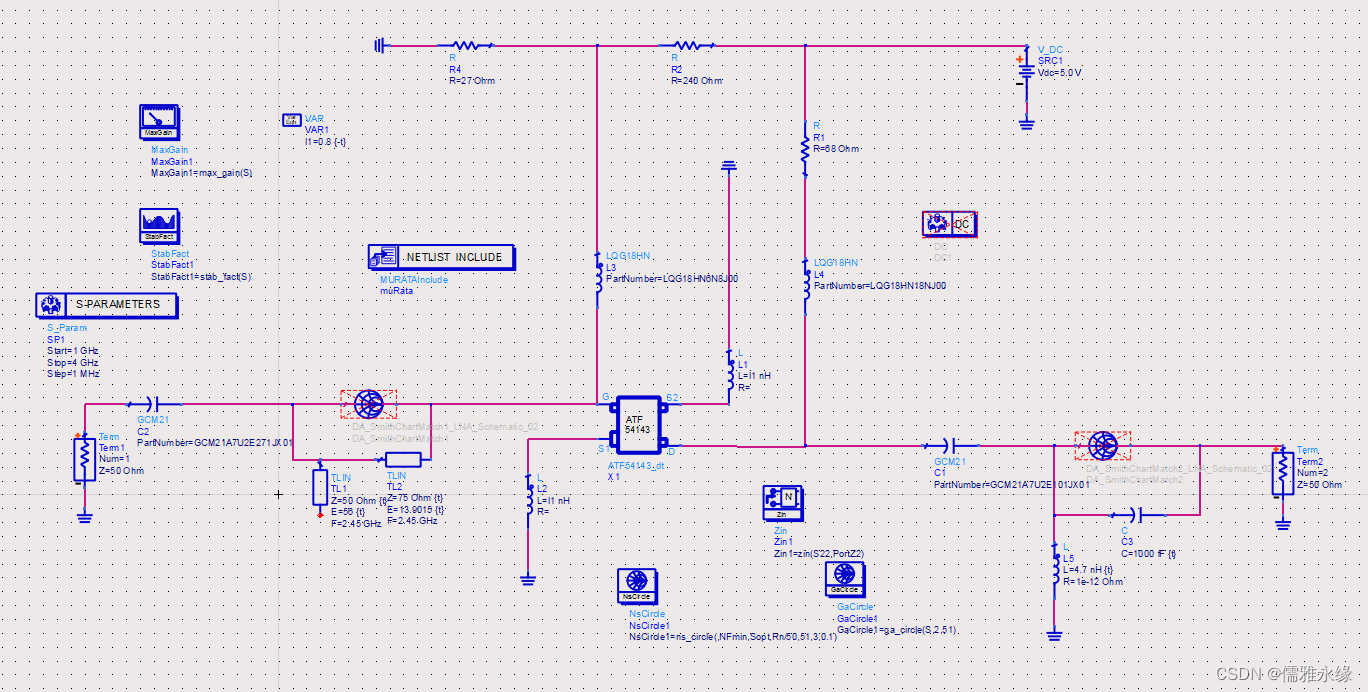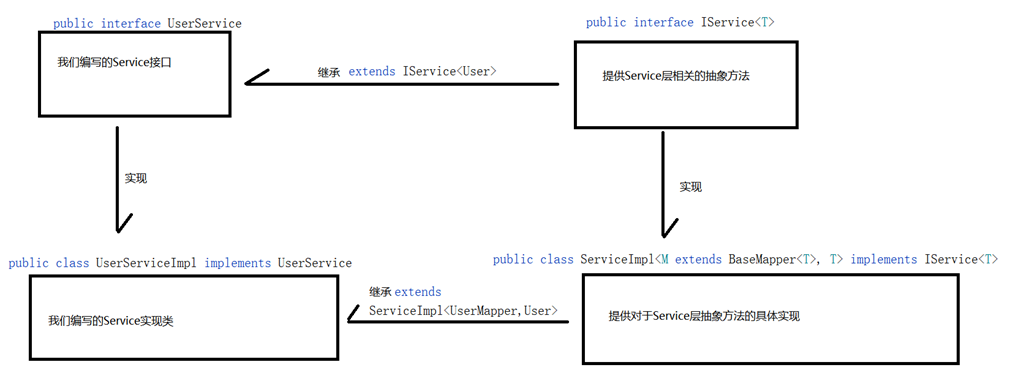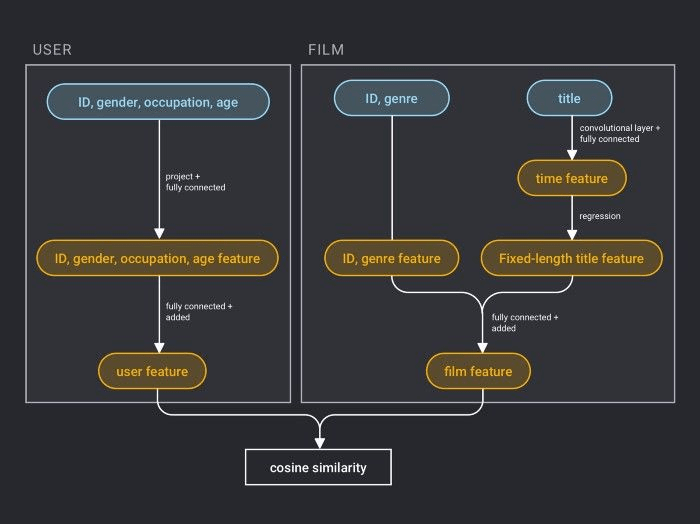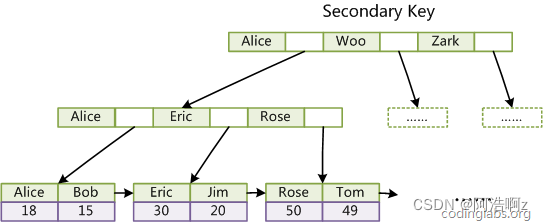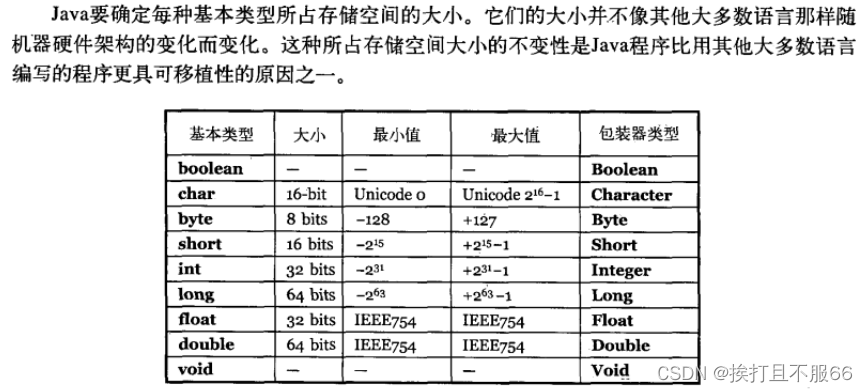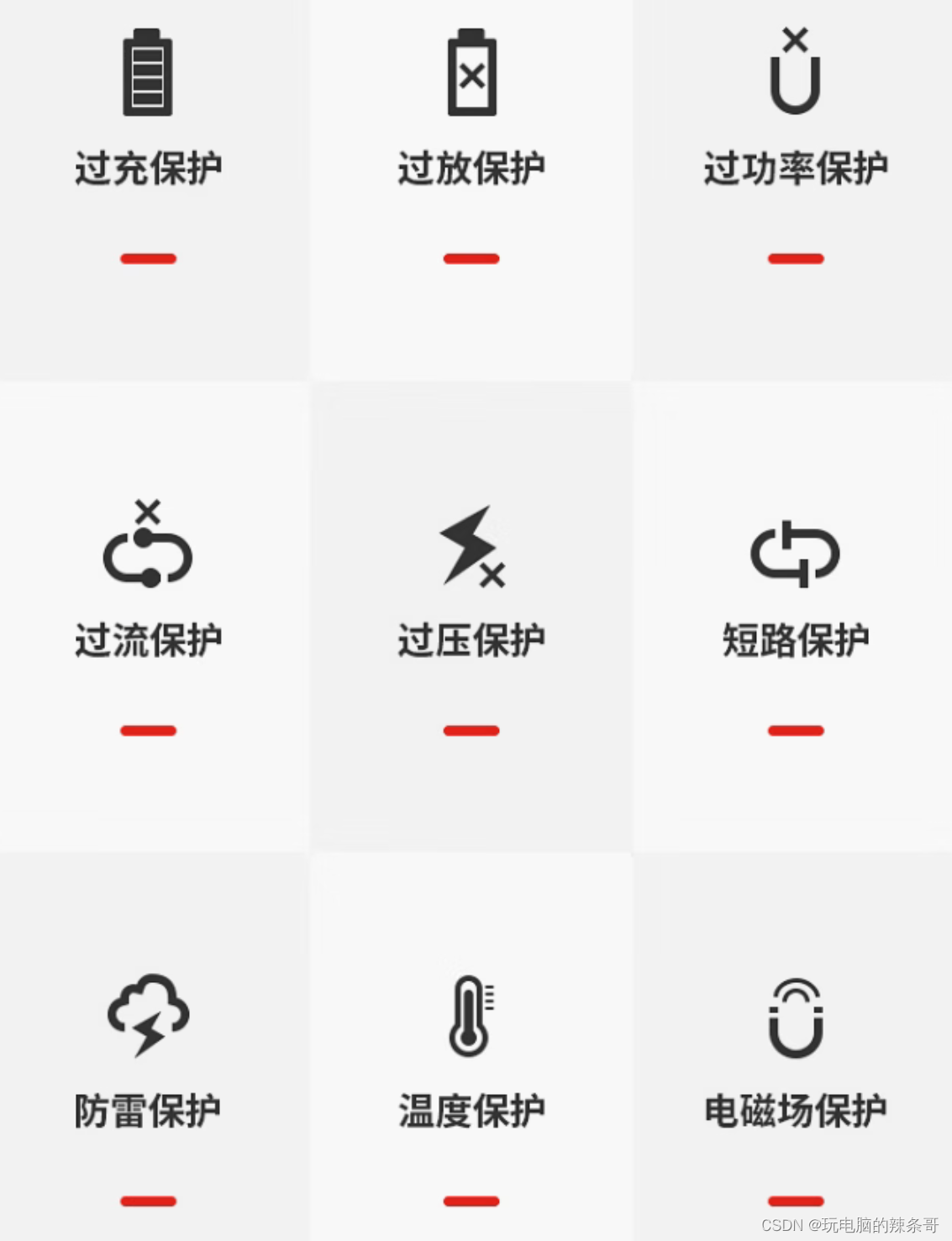SpringMVC框架搭建
快速开启SpringMVC🚀🚀
步骤
1、新建模块
2、引入相关依赖
<dependency>
<groupId>org.springframework</groupId>
<artifactId>spring-webmvc</artifactId>
<version>5.3.1</version>
</dependency>
<dependency>
<groupId>org.thymeleaf</groupId>
<artifactId>thymeleaf-spring5</artifactId>
<version>3.0.12.RELEASE</version>
</dependency>
<dependency>
<groupId>jakarta.servlet</groupId>
<artifactId>jakarta.servlet-api</artifactId>
<version>5.0.0</version>
</dependency>
3、配置web.xml
<web-app xmlns="http://xmlns.jcp.org/xml/ns/javaee"
xmlns:xsi="http://www.w3.org/2001/XMLSchema-instance"
xsi:schemaLocation="http://xmlns.jcp.org/xml/ns/javaee http://xmlns.jcp.org/xml/ns/javaee/web-app_4_0.xsd"
version="4.0">
<!--注册前端控制器DispatcherServlet-->
<servlet>
<servlet-name>dispatchServlet</servlet-name>
<servlet-class>org.springframework.web.servlet.DispatcherServlet</servlet-class>
<!--配置初始化参数-->
<init-param>
<param-name>contextConfigLocation</param-name>
<param-value>classpath:springMVC.xml</param-value>
</init-param>
<load-on-startup>1</load-on-startup>
</servlet>
<servlet-mapping>
<servlet-name>dispatchServlet</servlet-name>
<url-pattern>/</url-pattern>
</servlet-mapping>
</web-app>
4、创建springMVC.xml配置文件
<?xml version="1.0" encoding="UTF-8"?>
<beans xmlns="http://www.springframework.org/schema/beans"
xmlns:xsi="http://www.w3.org/2001/XMLSchema-instance"
xmlns:context="http://www.springframework.org/schema/context"
xsi:schemaLocation="
http://www.springframework.org/schema/context
http://www.springframework.org/schema/context/spring-context.xsd
http://www.springframework.org/schema/beans
http://www.springframework.org/schema/beans/spring-beans.xsd">
<!--扫描组件-->
<context:component-scan base-package="com.louis.controller"></context:component-scan>
<!--配置视图解析器-->
<bean id="viewResolver" class="org.thymeleaf.spring5.view.ThymeleafViewResolver">
<property name="order" value="1"/>
<property name="characterEncoding" value="UTF-8"/>
<property name="templateEngine">
<bean class="org.thymeleaf.spring5.SpringTemplateEngine">
<property name="templateResolver">
<bean class="org.thymeleaf.spring5.templateresolver.SpringResourceTemplateResolver">
<property name="prefix" value="/WEB-INF/templates/"/>
<property name="suffix" value=".html"/>
<property name="templateMode" value="HTML5"/>
<property name="characterEncoding" value="UTF-8"/>
</bean>
</property>
</bean>
</property>
</bean>
</beans>
5、创建templates文件夹

6、创建页面index.html
<!DOCTYPE html>
<html lang="en">
<head>
<meta charset="UTF-8" xmlns:th="http://www.thymeleaf.org">
<title>首页</title>
</head>
<body>
<h2>首页</h2>
</body>
</html>
7、创建控制器
@Controller
public class TestController {
@RequestMapping("/")
public String toFirstPage(){
return "index";
}
}

8、测试

@RequestMapping注解
注解功能
将请求和处理请求的控制器方法关联起来,建立映射关系。
SpringMVC接收到指定的请求,就会来找到在映射关系中对应的控制器方法来处理这个请求。如果有多个控制器,并且
@RequsetMapping请求的路径是一样的情况,会报异常。所以在控制器中需要保证请求路径是唯一的。
使用位置
在@RequestMapping注解定义时,它的作用范围如下:
@Target({ElementType.TYPE, ElementType.METHOD})
- 标识一个类:设置映射请求路径的初始信息。
- 标识一个方法:设置映射请求路径的具体信息
实例
index.html
<!DOCTYPE html>
<html lang="en">
<head>
<meta charset="UTF-8" xmlns:th="http://www.thymeleaf.org">
<title>首页</title>
</head>
<body>
<h2>首页</h2>
<a th:href="@{/test/testRequestMapping}">跳转</a>
</body>
</html>
跳转页面的控制器
@Controller
@RequestMapping("/test")
public class TestRequestMapping {
@RequestMapping("/testRequestMapping")
public String testTwoRequestMapping(){
return "seccess";
}
}
总结
当一个类中既包含了标识类的RequestMapping又包含了标识方法的RequestMapping,首先会匹配到类标识,然后再到类的方法上。所以需要在访问该页面路径下添加标识类的value值。经常用于不同模块的设置控制器。
@RequestMapping注解的属性

value属性
通过请求的请求地址来匹配,它是一个字符串数组,可以匹配多个请求多个请求地址,只需要符合其中的一个请求地址就表示匹配成功。必须设置。只设置value属性且只有一个值时,"value ="可以省略。
controller
@Controller
public class TestRequestMapping {
@RequestMapping(value = {"/test", "/testRequestMapping"})
public String testTwoRequestMapping(){
return "seccess";
}
}
index.html
<a th:href="@{/testRequestMapping}">跳转/testRequestMapping</a>
<a th:href="@{/testRequestMapping}">跳转/test</a>
method属性
通过请求方式来匹配请求,(get/post)匹配请求映射。
controller
@Controller
public class TestRequestMapping {
@RequestMapping(value = {"/test", "/testRequestMapping"}, method = {RequestMethod.GET})
public String testTwoRequestMapping(){
return "seccess";
}
index.html
<form th:action="@{/test}" method="post">
<input type="submit" value="测试RequestMapping注解的method属性--->POST">
</form>
method属性是一个RequestMethod类型的数组,表示该请求映射能够匹配多种请求方式的请求,若当前请求的请求地址满足请求映射的value属性,但是请求方式不满足method属性,则浏览器报如下错:
405:Request method 'GET/POST'not supported

如果想要既满足POST请求方式又满足GET请求方式,可以修改为:
method = {RequestMethod.GET, RequestMethod.POST}
若不设置method,表示不以method请求方式为条件。任何的请求方式都能够匹配。
常用请求方式
常用的请求方式有GET、POST、PUT、DELETE但是目前浏览器只支持get和post,若在form表单提交时,为method设置了其他请求方式的字符串(put或delete),则按照默认的请求方式get处理。
index.html
<form th:action="@{/testPut}" method="put">
<input type="submit" value="测试form表单是否能够发送put或delete请求--->put">
</form>
controller
@RequestMapping(value = "/testPut", method = {RequestMethod.PUT})
public String testPut(){
return "success";
}

在选择form的action的时候,只会有两个选项,get/post,如果我们选择了其他的内容,form会按默认的请求方式(POST)来算。
@RequestMapping的派生注解
对于处理指定请求方式的控制器方法,SpringMVC中提供了@RequestMapping的派生注解。
处理get请求的映射:@GetMapping
index.html
<a th:href="@{/testGetMapping}">测试GetMapping注解</a>
controller
@GetMapping("/testGetMapping")
public String testGetMapping(){
return "success";
}


此外,还有处理post请求的映射:@PostMapping、处理put请求的映射:@PutMapping、处理delete请求的映射:@DeleteMapping。
param属性
通过请求参数匹配请求,可以设置多个,但是必须同时满足才能映射。(了解)
@RequestMapping的params属性通过请求的请求参数匹配请求映射,它是一个字符串类型的数组,可以通过四种表达方式请求参数和请求映射的匹配关系:
- “param”:要求请求映射所匹配的请求必须携带param请求参数
- “!param”:要求请求映射所匹配的亲求必须不携带param的请求参数
- “param=value”:要求请求映射所匹配的请求必须携带param请求参数且param=value
- “param!=value”:要求请求映射所匹配的请求必须携带param请求参数但是param!=value
controller
@RequestMapping(value = "/testParamsAndHeaders",
//表示当前的请求映射匹配的请求必须携带username请求参数
params = {"username='user'"})
public String testParams(){
return "success";
}
index.html
<!--方式一:-->
<!--<a th:href="@{/testParamsAndHeaders(username='user'&pwd=1234)}">测试RequestMapping的Params属性</a>-->
<!--方式二:-->
<a th:href="@{/testParamsAndHeaders?username='user'&pwd=1234}">测试RequestMapping的Params属性</a>

如果不携带参数
<a th:href="@{/testParamsAndHeaders}">测试RequestMapping的Params属性</a>

hander属性
通过请求头信息匹配请求(了解)。
@RequestMapping注解的headers属性通过请求的请求头信息匹配请求映射,它是一个字符串类型的数组,可以通过四种表达式设置请求头信息和请求映射的匹配关系:
- “header”:要求请求有映射所匹配的请求必须携带header请求头信息
- “!header”:要求请求映射所匹配的请求必须不携带header请求头信息
- “header=value”:要求请求映射所匹配的请求必须携带header请求头信息且header=value
- “header!=value”:要求请求映射所匹配的请求必须携带header请求头信息且header!=value
若当前@RequestMapping注解的value和method属性满足,但是不满足headers属性,此时页面会显示404错误。

